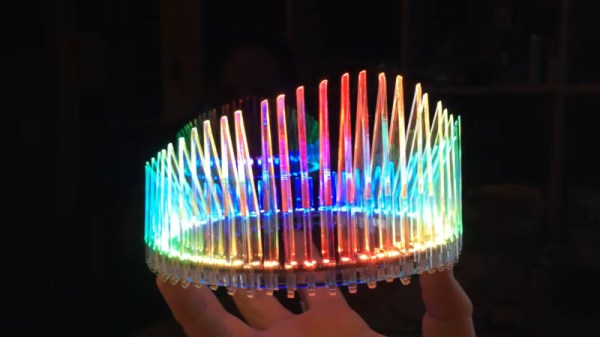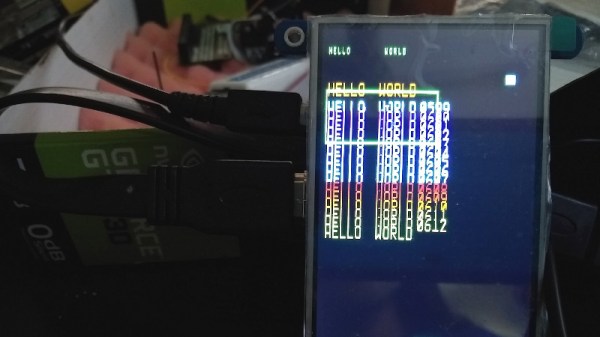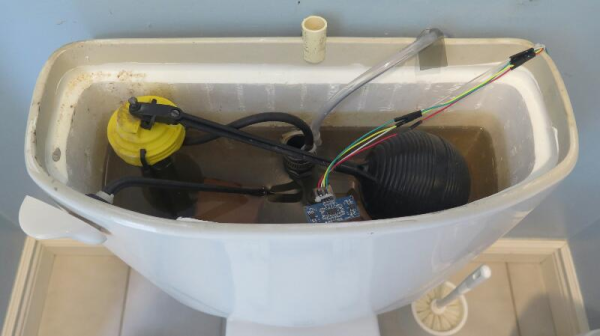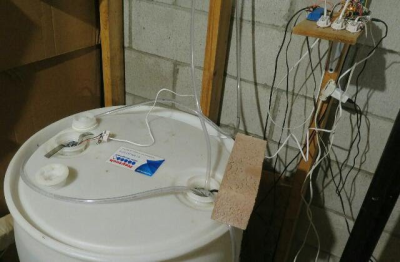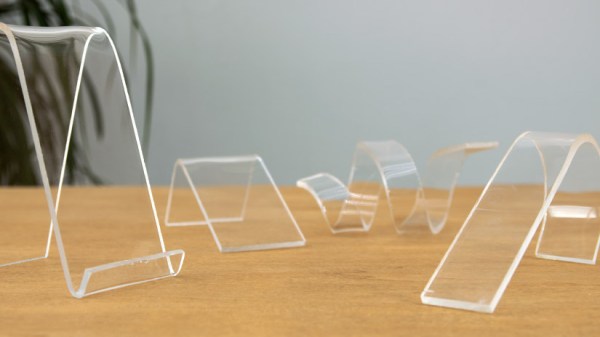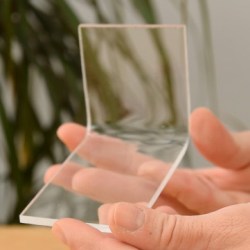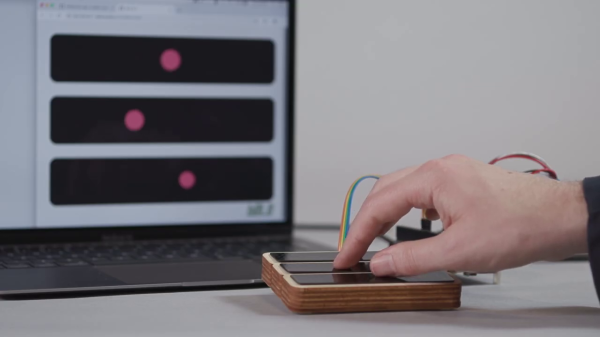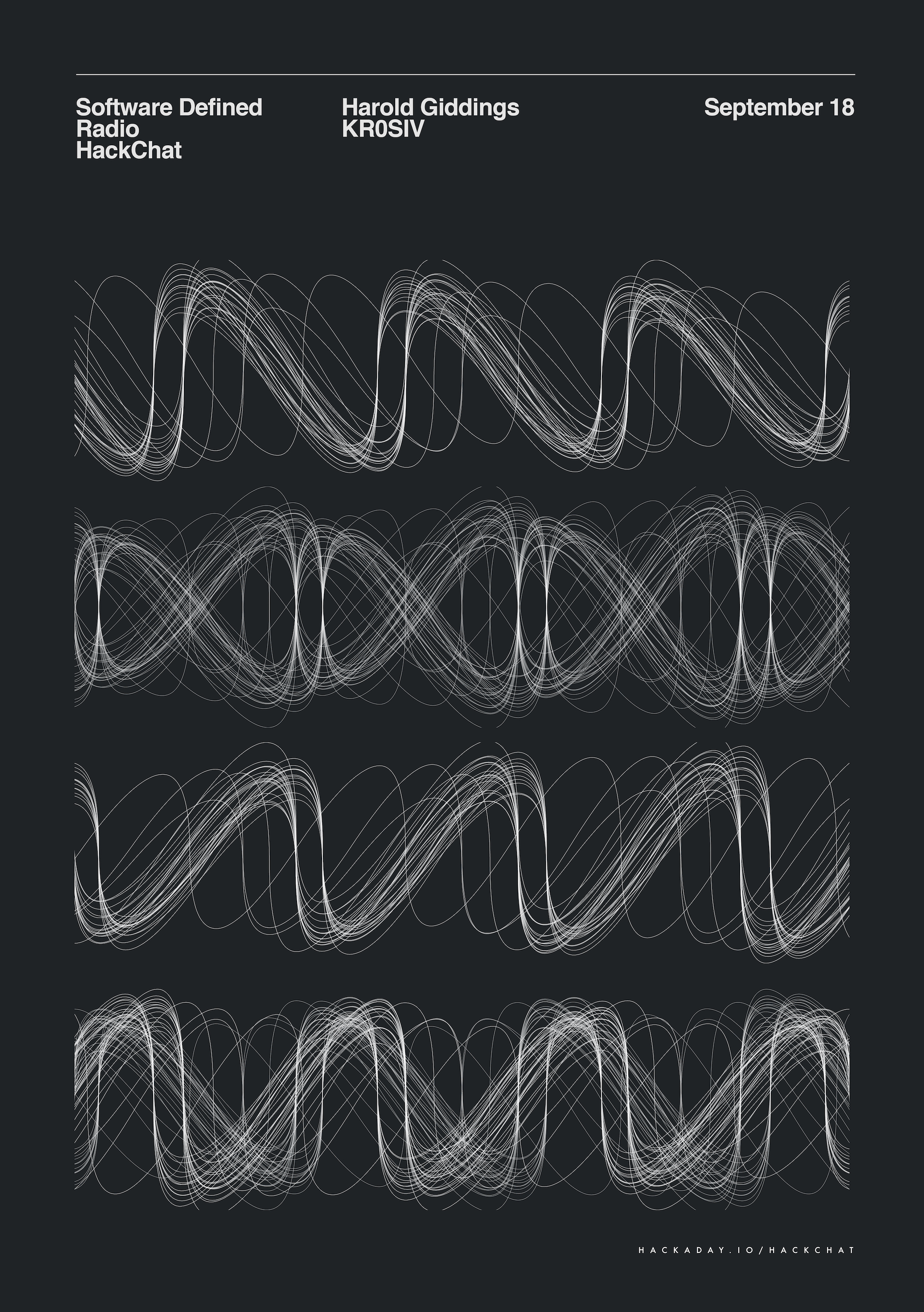Sometimes you need something really flashy to complete an outfit. Whether it’s a sparkly pair of earrings or a stylish necklace, accessories are key to competing on the fashion battlefield. For those who want to bring some serious firepower, [p3nguin’s] laser crown might be just what the doctor ordered.
At the outset, we should state the crown only uses lasers in its construction, for cutting felt and acrylic. The light source is a Neopixel ring from Adafruit, capable of bringing the vibrant colors without risk of eye damage. The ring is then assembled with a series of snap-together acrylic parts and a felt cap, with slots for hair pins to keep the crown in place on the wearer’s head. A Trinket drives the show, with a LiPo battery used as a lightweight power supply.
It’s a nice build that’s sure to draw plenty of attention. We see some great wearables around these parts; this EL jacket is a particular favorite. Video after the break.

